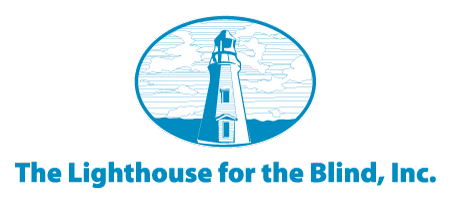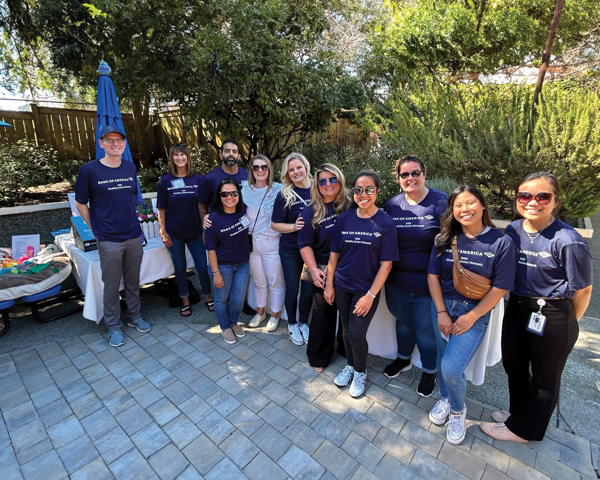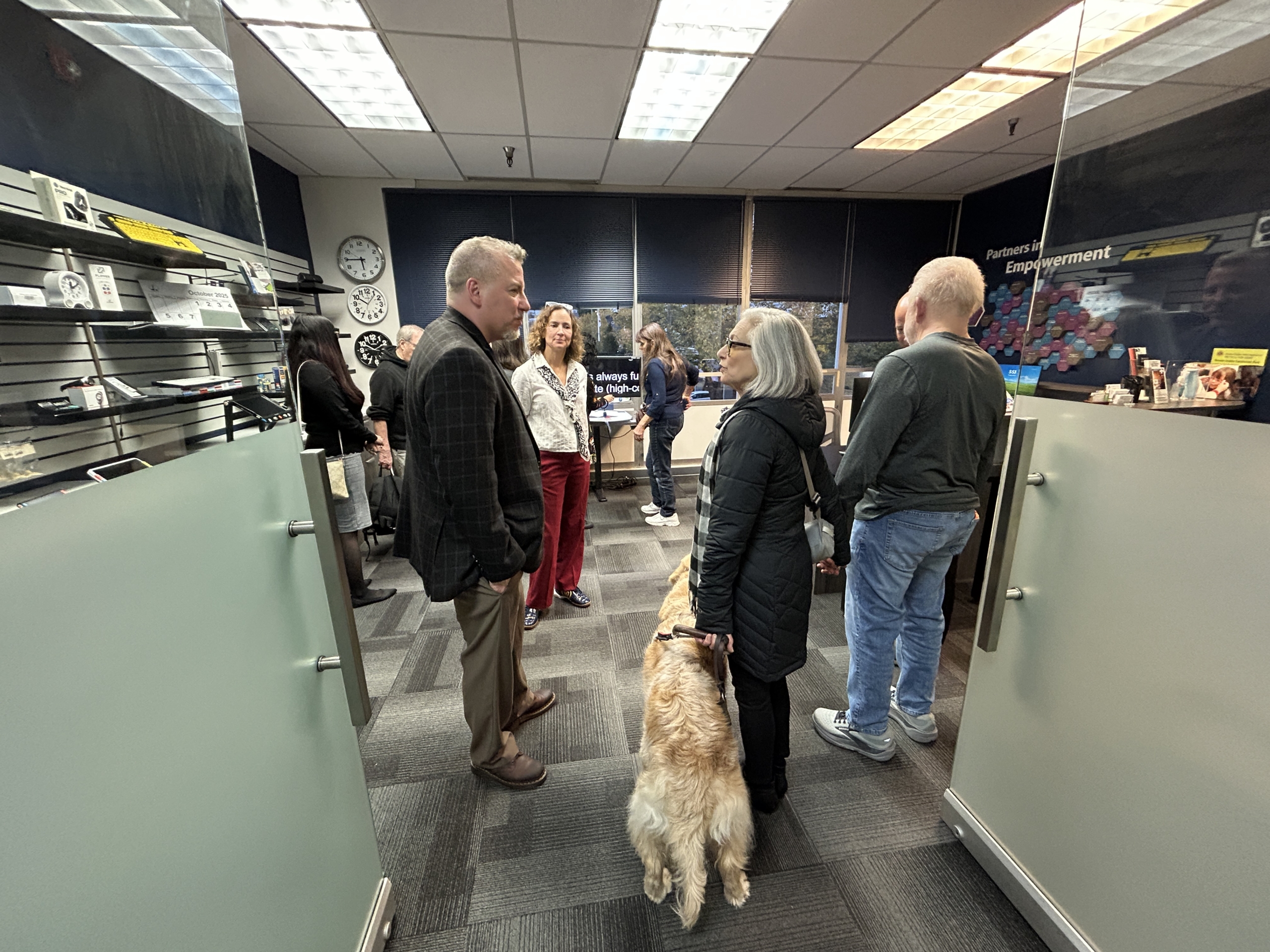Greg Hlibok visits the Lighthouse from the FCC Disability Rights Office
The Lighthouse Government Relations Team and the Deaf-Blind Program have been working together to bring another leader in the blind and Deaf-Blind communities to The Lighthouse for the Blind, Inc.
On Wednesday, August 1, Seattle Lighthouse was proud to welcome Greg Hlibok, Chief of the Federal Communications Commission’s (FCC) Disability Rights Office. He visited the Lighthouse for the day from Washington D.C.
Many at the Lighthouse first learned of Greg during the Deaf President NOW (DPN) movement at Gallaudet University in 1988. The DPN was a protest that engaged the nation as students and supporters reacted to the selection of a hearing president for Gallaudet University by the Board of Trustees. Greg was one of the leaders of the movement, and the result was the installation of the first Deaf President of Gallaudet University, I. King Jordan.
During his visit at the Lighthouse, Greg met with various individuals who are blind and Deaf-Blind to learn more about the types of equipment needs people have. The FCC will be spearheading the implementation of the 21st Century Communications and Video Accessibility Act (CVAA), which requires improved accessibility to broadband, digital, and mobile devices.
For example, smart phones will be required to be accessible to those who are blind and/or Deaf. This act is wide reaching and will incorporate technologies beyond land line phones and television that were required by previous acts in the 1980s and 90s. For more information about the CVAA and what it could mean for people who are blind and Deaf-Blind go to the FCC website: http://transition.fcc.gov/cgb/dro/cvaa.html
After Greg’s visit he commented that, “the visit to the Lighthouse was well worth it. It was a real pleasure to be at the Lighthouse, meeting all of the wonderful and dedicated staff. I was amazed to learn so much about what the Lighthouse is all about and the significant role it plays in persons who are Deaf-Blind and persons with vision disabilities’ lives. I was especially impressed with how technologies for machinery use were adjusted so that a person who is Deaf-Blind can continue to contribute in the workplace.”



